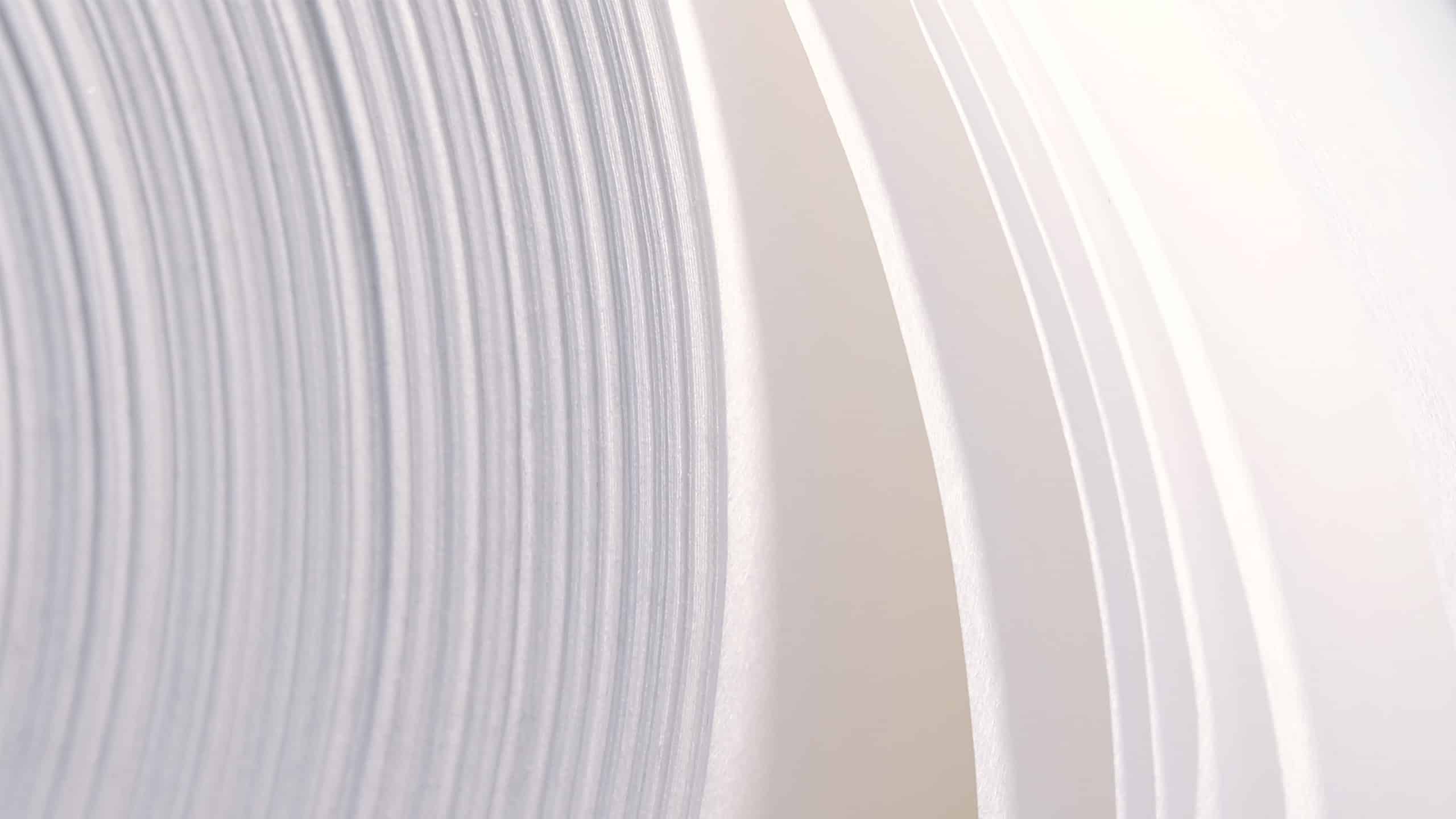Non-Scratch Electronics Packaging Materials: A Recyclable Solution for Enhanced Product Protection

The importance of protecting electronics during transit
In today’s fast-paced world, the transportation of electronic devices has become a routine task. However, this task is fraught with challenges that can significantly impact the condition of the products being shipped. Electronics are inherently delicate, with sensitive components that are vulnerable to various forms of damage during transit. Scratches, dents, and other forms of physical harm can occur if these items are not adequately protected, leading to potential malfunctions or complete failures. As a result, ensuring the safe delivery of these goods has become a top priority for manufacturers and retailers alike.
One of the primary concerns is the surface damage that can occur during shipping and handling. Scratches not only detract from the aesthetic value of the product but can also impact its functionality. Therefore, protective packaging solutions are essential to safeguard these valuable items. Implementing non-scratch packaging is crucial for maintaining the integrity of electronic devices. Not only does this enhance customer satisfaction, but it also reduces the likelihood of returns and negative reviews, ultimately preserving the brand’s reputation.
Innovative non-scratch materials for electronics
The advancement in packaging materials has led to the development of innovative solutions specifically designed to prevent scratches and other forms of damage to electronic devices. These non-scratch materials are engineered to offer superior protection without compromising on environmental responsibility. For instance, materials such as soft-touch films and padded inserts provide a cushioning effect that absorbs shocks and prevents abrasions.
Moreover, these materials are tailored to suit various types of electronic products, from smartphones and tablets to larger items like monitors and televisions. The effectiveness of these materials lies in their ability to create a barrier between the product and external factors, ensuring that the electronics remain unscathed throughout the shipping process. This not only preserves the product’s value but also enhances the overall customer experience.
The role of recyclability in modern packaging
As environmental concerns continue to rise, the demand for recyclable packaging materials has become more pronounced in the electronics industry. Consumers are increasingly aware of the ecological footprint of their purchases, prompting a shift towards sustainable packaging solutions. Recyclable packaging materials not only contribute to waste reduction but also align with the principles of a circular economy.
The use of recyclable materials in packaging is beneficial in several ways. It helps to reduce the reliance on non-renewable resources and minimizes the accumulation of waste in landfills. By choosing sustainable packaging solutions, companies can demonstrate their commitment to environmental responsibility, which resonates with eco-conscious consumers. This shift is not just a trend but a necessary evolution in packaging design that supports long-term ecological balance.
Paptic’s approach to sustainable electronics packaging
At the forefront of this sustainable packaging revolution is Paptic, a company dedicated to pioneering recyclable, non-scratch packaging materials. By leveraging our innovative technology and commitment to sustainability, we have developed a unique material that combines the advantages of paper, plastic, and textiles. This hybrid material is primarily made from renewable wood fibres, providing an eco-friendly alternative to conventional packaging solutions.
Our approach focuses on creating packaging materials that are not only effective in protecting electronic devices but are also environmentally responsible. By utilizing recyclable packaging materials, we aim to reduce plastic waste and promote a circular economy. Our dedication to innovation and sustainability ensures that our packaging solutions meet the needs of modern businesses while adhering to the highest environmental standards.
